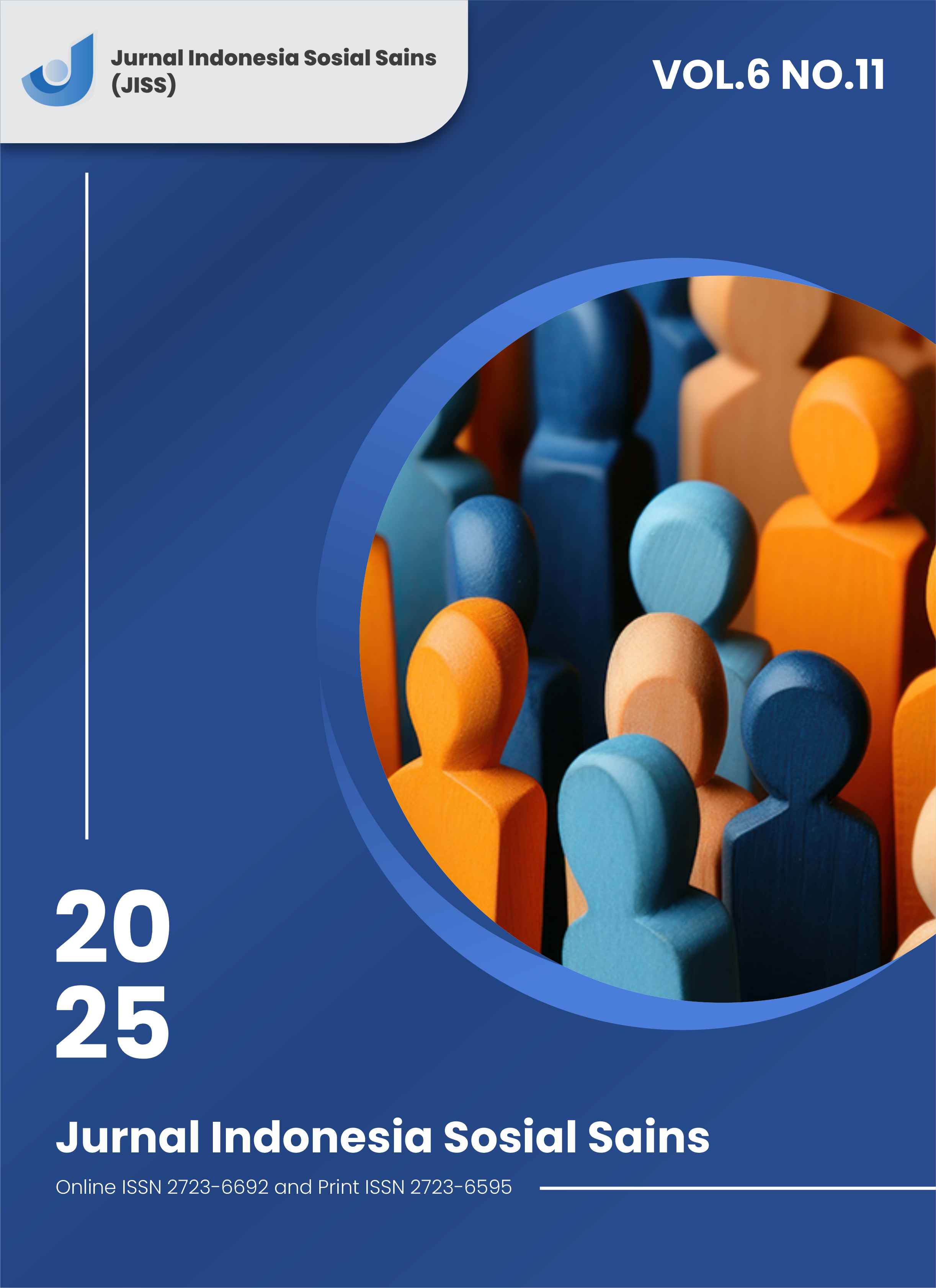Diabetic Retinopathy Department
DOI:
https://doi.org/10.59141/jiss.v6i11.2086Keywords:
diabetic retinopathy, Hyperglycemia, Blindness PreventionAbstract
Diabetic retinopathy (RD) is one of the chronic microvascular complications of diabetes mellitus which is the leading cause of preventable blindness worldwide. This condition arises as a result of chronic hyperglycemia that triggers oxidative stress, inflammation, and retinal endothelial dysfunction, resulting in capillary leakage, microvascular occlusion, and pathological neovascularization. This study aims to provide a comprehensive understanding of pathophysiological aspects, epidemiology, classification, clinical manifestations, diagnosis, management, and prevention strategies for Diabetic Retinopathy, emphasizing the relationship between the control of systemic risk factors and disease progressivity. This study uses a literature review-based descriptive approach by analyzing secondary data from various scientific publications, clinical guidelines, and global health reports, including from WHO, ADA, and the Indonesian Ministry of Health. The results of the study show that the prevalence of RD is increasing along with the increase in the number of diabetics globally and nationally. Major risk factors include poor glycemic control, hypertension, dyslipidemia, and long duration of diabetes. Early detection through wide pupil funduscopy as well as therapies such as laser photocoagulation and anti-VEGF injections have been shown to be effective in slowing the progression of the disease. RD is a complex disease that requires a multidisciplinary approach to diagnosis and treatment. Optimal control of glucose levels and blood pressure as well as regular retinal examinations are essential to prevent permanent blindness. This study contributes to enriching the national literature related to diabetic ocular complications and provides recommendations for strengthening routine screening, patient education, and further research on innovative therapies based on biomarkers and anti-VEGF agents to improve vision quality and reduce the rate of blindness due to RD.
Downloads
Published
How to Cite
Issue
Section
License
Copyright (c) 2025 Citra Belia Candra Sari, Gustri Kusuma Wardhani, Tri Agus Haryono

This work is licensed under a Creative Commons Attribution-ShareAlike 4.0 International License.
Authors who publish with this journal agree to the following terms:
- Authors retain copyright and grant the journal right of first publication with the work simultaneously licensed under a Creative Commons Attribution-ShareAlike 4.0 International. that allows others to share the work with an acknowledgement of the work's authorship and initial publication in this journal.
- Authors are able to enter into separate, additional contractual arrangements for the non-exclusive distribution of the journal's published version of the work (e.g., post it to an institutional repository or publish it in a book), with an acknowledgement of its initial publication in this journal.
- Authors are permitted and encouraged to post their work online (e.g., in institutional repositories or on their website) prior to and during the submission process, as it can lead to productive exchanges, as well as earlier and greater citation of published work.












